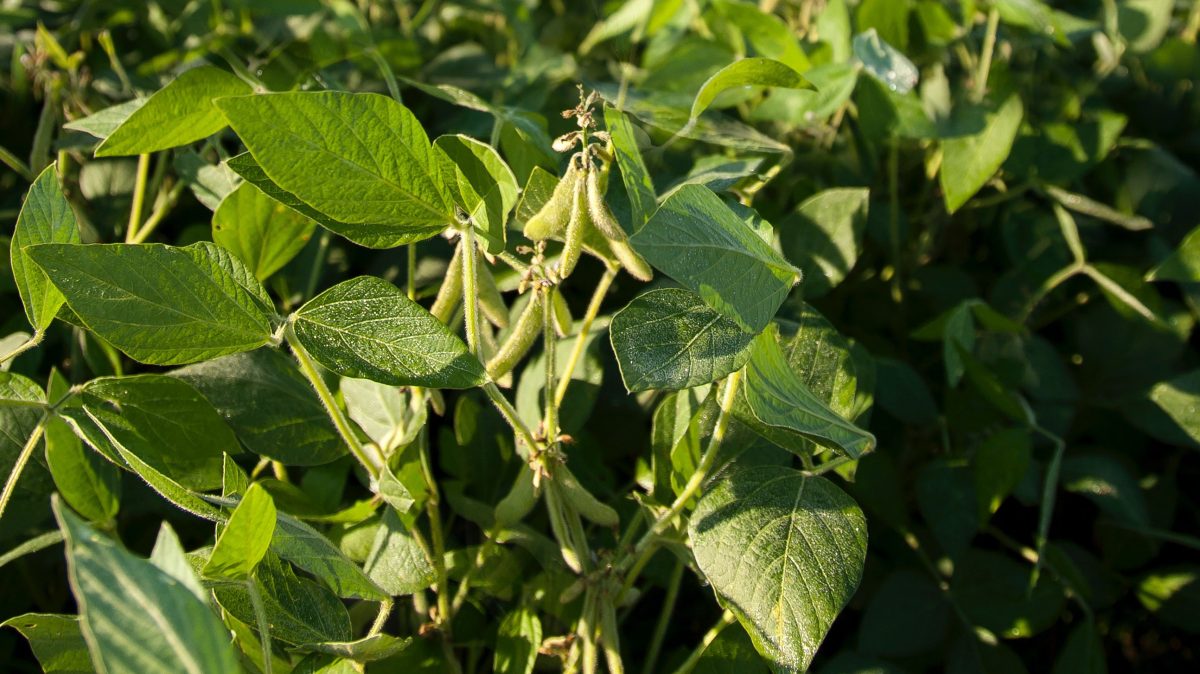Estimating Price Loss Coverage Benefits
TOPICS
Wheat
photo credit: Mark Stebnicki, North Carolina Farm Bureau
John Newton, Ph.D.
Former AFBF Economist
Farmers growing 17 of the 23 crops covered under USDA’s Price Loss Coverage program are expected to receive program payments this fall, underscoring the importance of immediately replenishing the Commodity Credit Corporation, through which PLC and other commodity and conservation program payments are made.
USDA’s Price Loss Coverage program is a commodity support program that makes deficiency payments when the marketing year average price for a covered commodity falls below a statutory reference price, i.e., What’s in Title I of the 2018 Farm Bill for Field Crops? PLC payments are made on 85% of a farm’s commodity-specific base acres.
On the back of 2019/20’s low commodity prices, USDA’s most recent Projected 2019 PLC Payment Rates indicate that 17 of 23 covered commodities can expect to receive PLC support. For example, farmers with corn base acres can expect to receive 10 cents per bushel, while farmers with wheat base acres can expect to receive 92 cents per bushel. PLC payments to farmers are expected to be distributed in early October.
Commodity-Specific PLC Payment Estimates
Based on projected PLC payment rates, county-level data on commodity-specific base acres, enrolled base acres by commodity in PLC and counter-cyclical payment county yields, an estimated $4.9 billion in PLC payments are expected to be made to producers, representing an average payment of $25 per acre (not including payment limitations).
Farmers with wheat base acres are expected to receive $1.8 billion, with an average payment of $28 per base acre. Following wheat, producers with seed cotton base acres are expected to receive $1.1 billion, or $79 per base acre. Farmers with corn base acres are expected to receive $730 million, or $10 per base acre. Farmers with peanut base acres are expected to receive $419 million, or $162 per base acre. Notably not projected to get PLC payments are soybeans. The support price for soybeans was below the marketing year average price, and as a result, PLC payments are not expected on soybean base acres. Figure 1 identifies estimated PLC payments and the average payment per acre by commodity.

State-and County-Level PLC Benefits
Given that wheat and cotton base acres are expected to receive the highest PLC program benefits, it’s appropriate that state-level PLC benefits are expected to be the highest in wheat- and cotton-producing states. PLC payments are expected to be the highest in Texas – the nation’s largest cotton-producing state, at $725 million, or $39 per base acre. Following Texas, Kansas, one of the nation’s leading wheat producers, is expected to receive $413 million in PLC support. North Dakota, also a leading wheat state, is expected to receive $315 million in PLC support. Figure 2 identifies state-level PLC benefits across all covered commodities.

At the county-level, benefits are the highest in the Texas Panhandle, the central valley of California, along the Mississippi, across the Central Plains and up into the Northern Plains and Pacific Northwest. These are portions of the country that currently, or historically, were cotton- and wheat-producing areas. In many of these areas, total PLC payments in the county are expected to exceed $5 million. Figure 3 highlights estimated county-level PLC payments.

Summary
PLC is a commodity support program that provides payments to enrolled farmers when the marketing year average price for a covered commodity falls below a target support price. Due to low commodity prices this past crop year, it’s estimated the PLC program will make nearly $5 billion in payments to producers with enrolled base acres. Wheat is expected to receive the highest support, at nearly $2 billion, followed by cotton at $1.1 billion.
While these payments are expected to go out in the coming weeks, without an immediate replenishment to USDA’s Commodity Credit Corporation in a continuing resolution to fund the government (Farm Bill Programs At Risk Without Immediate CCC Replenishment), total PLC payment obligations would likely exceed USDA’s available financial resources. If realized, program funding for PLC and other farm bill commodity and conservation programs charged to the CCC would be significantly delayed at a time when producers cannot afford to wait.
Trending Topics
VIEW ALL